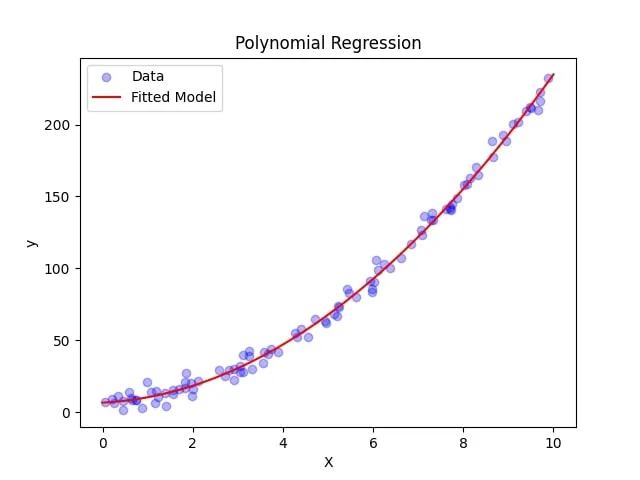
Regression in Machine Learning: What is it?
Regression is one of the fundamental tasks we can solve with supervised type of machine learning. Furthermore, the goal this method enables us to achieve is making predictions of continuous values.
Similarly to classification process, when we train our model, we need to supply it with input and output data. However, the main difference is that we train our model to output a continuous value instead of distributed value across classes.
Therefore, the labels consist of values that lie on a certain range. For example, we can make a regression model to predict a value of a house based on its location, size and its other features.
In general, regression in machine learning has a wide range of applications. For example, we can utilize it in the fields such as finance, economics, engineering and more.
Regression Types in Machine Learning
There are many different algorithms from which we can choose for regression. Some of these include linear regression, polynomial regression and decision trees.
Linear Regression
This is one of the most common regression algorithm in use today. The reason for this is, because it models the relationship between a dependent variable and one or more independent variables.
In essence, it’s a simple and easy to interpret algorithm, which we can use for both simple and multiple regression.
There is no surprise that it’s widely used in various fields such as finance and economics. Furthermore, it can give you an advantage in predicting stock prices and GDP.
Polynomial Regression
Another popular regression algorithm is polynomial regression, which can enable us to model non-linear relationships in data.
As its name might suggest, we use a polynomial function and fit it to the data. Furthermore, it has a wide range of uses in fields like engineering, where we can use it to model physical systems more accurately.
Decision Trees
We already mentioned this type of algorithms in a post about classification, but they can also be useful for regression. Therefore, they’re popular algorithms, which we can use to model non-linear relationships in data.
They’re also a popular choice in fields such as finance and economics, in order to bring advantage in stock price and GDP prediction.
Conclusion
In conclusion, regression algorithms in machine learning can be powerful tools in various different fields for forecasting and prediction purposes. Therefore, they’re essential tools to have for any data scientist or analyst.
I hope this article helped you gain a better understanding about regression and perhaps even inspire you to research even more.


